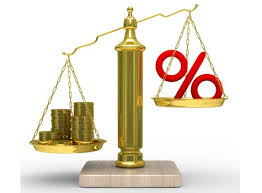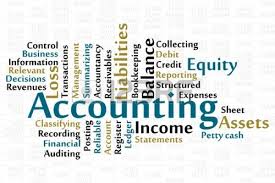Loan to value ratio is a tool used to evaluate collateralize loans. It is usually used to evaluate mortgage loan.A lender evaluates the loan using that ratio and use it as a instrument to examine the mortgage before approving a loan.Usually loans with high LTV ratios are seen as higher risk and hence it is difficult to get a mortgage and even if the borrower gets a mortgage the loan will generally cost the borrower more to borrow and he or she might need to purchase a mortgage insurance.

I the loan to value ratio the value is calculated by dividing the mortgage amount that the borrower wants to take and the property’s appraised value.The appraised value is an evaluated value of a property’s value at a particular period of time which is performed by a professional appraiser during the process of taking up the mortgage.The appraiser is usually picked by the lender buy paid by the borrower which is a wide spread custom.
The lender usually fixes a LVR rate beyond which it wont approve the loan.The remaining amount should be paid by the borrower who is applying for the mortgage.If the LVR is higher then the borrowers might have to compensate with higher interest rates and maybe asked to pay a mortgage insurance as well.As a higher LVR is considered to be risky.
Higher loan to value ratios(LVR) mean greater amount of risk for the lender as he will have a lesser chance of recovering what he has lent.If the borrower fail to pay back a home loan which of which 80% was financed by a lender then he can collect his money by selling the home but they would have to sell at a higher rate to recover all their money but if the LVR is low let’s say 25% then the borrower can easily get the money lent in an easy manner.Hence lenders would prefer to have a lower LVR to ensure that the money lent is safe from non-payment as interest rates(expenditure) are low for the borrower,even in case of default they can recover their money by selling the assets at a very less price.
For example, Jayson needs to borrow INR 8,80,000 to purchase a INR 10,00,000 property. The LTV ratio yields a value of about 88% and as bankers had fixed the maximum LVR as 80% for the mortgage to be approved.Jayson will have a really tough time getting a mortgage as the risk is very high.Even if he gets a mortgage it will be at a higher rate and backed by a mortgage insurance.
The LVR is one of many tools the lenders use to assess the risk associated with a mortgage.The maximum LVR allowed is 80% or bellow.If the values of the mortgage becomes more than the value of the property then the LVR is more than 100% and such a mortgage is called a underwater or upside down mortgage.
Click here for government certification in Accounting, Banking & Finance





7 Comments. Leave new
I never heard about this ratio.Well,u explained this concept very nicely.Well done!
Informative article
Nice work…!
Well written!
Informative!!
Got something new to read 😀
its something more to business side 😀
But the language you used was so simple that i was able to understand all these in one go 😀
Good work 😀
very well reasearched 😀
Well explained 🙂